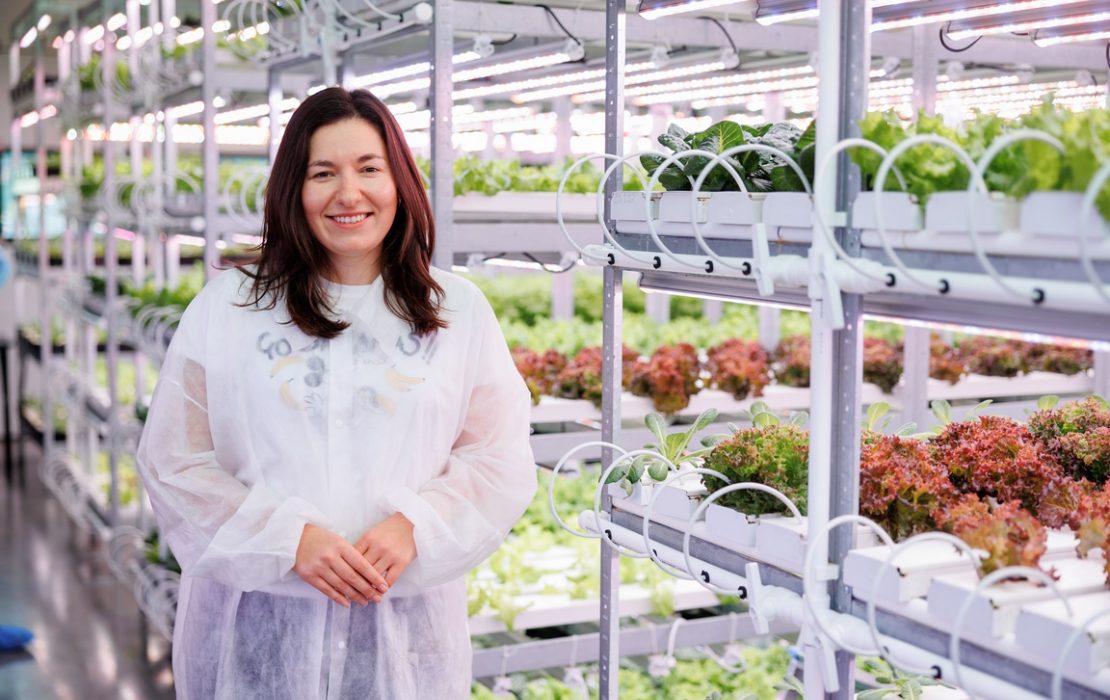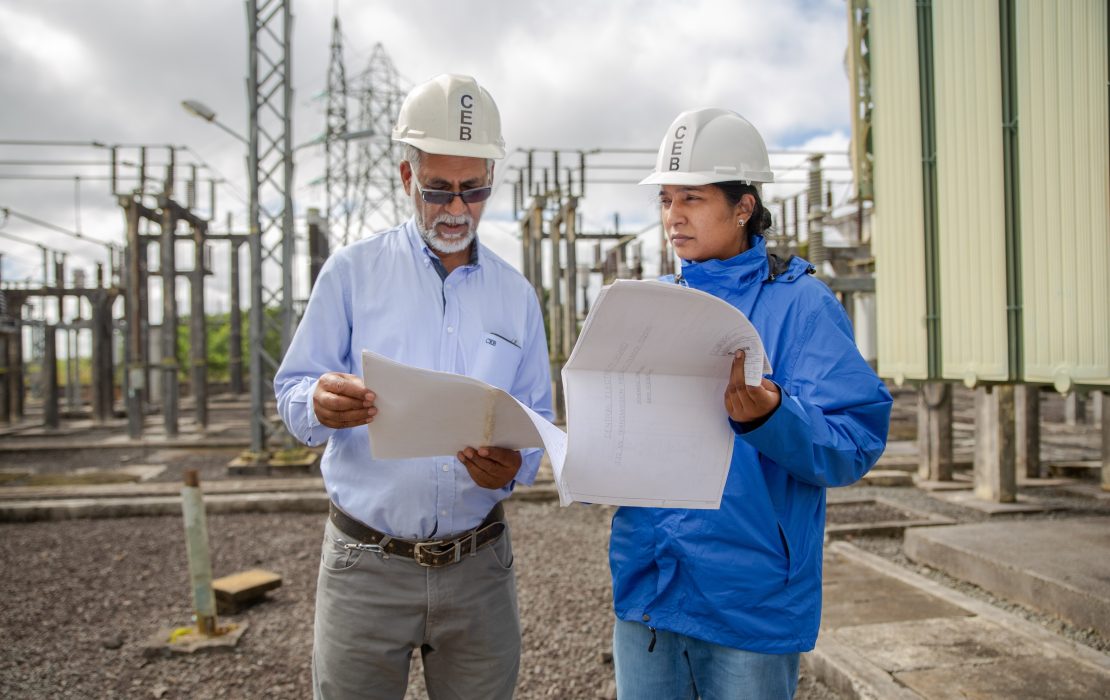0.12%
Share of global GHG emissions
Based on data from Climate Watch (CAIT 2022), developed and maintained by the World Resources Institute. #95
Climate Vulnerability Index ranking
A higher number means a higher vulnerability to climate change. Based on the ND-GAIN Index (2023), developed by the University of Notre Dame. #62
Human Development Index ranking
A lower number means a better human development score. Based on the Human Development Index (2023), developed by UNDP. NDC Status
Serbia submitted its latest NDC in September 2025
Key highlights from the NDC
- Serbia’s latest NDC includes an economy wide greenhouse gas (GHG) emission target, covering all gases and sectors, except for the Land Use, Land Use Change and Forestry (LULUCF) sector.
- Serbia’s has set a conditional economy-wide GHG emission reduction target of 40.1 percent by 2025, compared to 1990 levels. The new NDC also aligns with the country’s National Energy and Climate Plan and with the country’s first Biennial Transparency Report.
- Serbia’s latest NDC identifies and describes 18 mitigation measures across the Energy, Industrial Processes and Product Use (IPPU), Agriculture and LULUCF sectors.
- The NDC references Loss and Damage as well as Just Transition. It addresses the economic, social and environmental impacts of policies and measures for mitigating the effects of climate change.
- On gender, the NDC informs of a legal framework designed to ensure equal participation, gender-sensitive policymaking and the integration of gender perspectives.
NAP Status
Serbia submitted its National Adaptation Plan to the UNFCCC in 2024, with support from UNDP and GCF Readiness funding.
Latest Publications
See allA progress report on the Japan-funded project being implemented in 23 countries and territories under the Climate Promise initiative.




